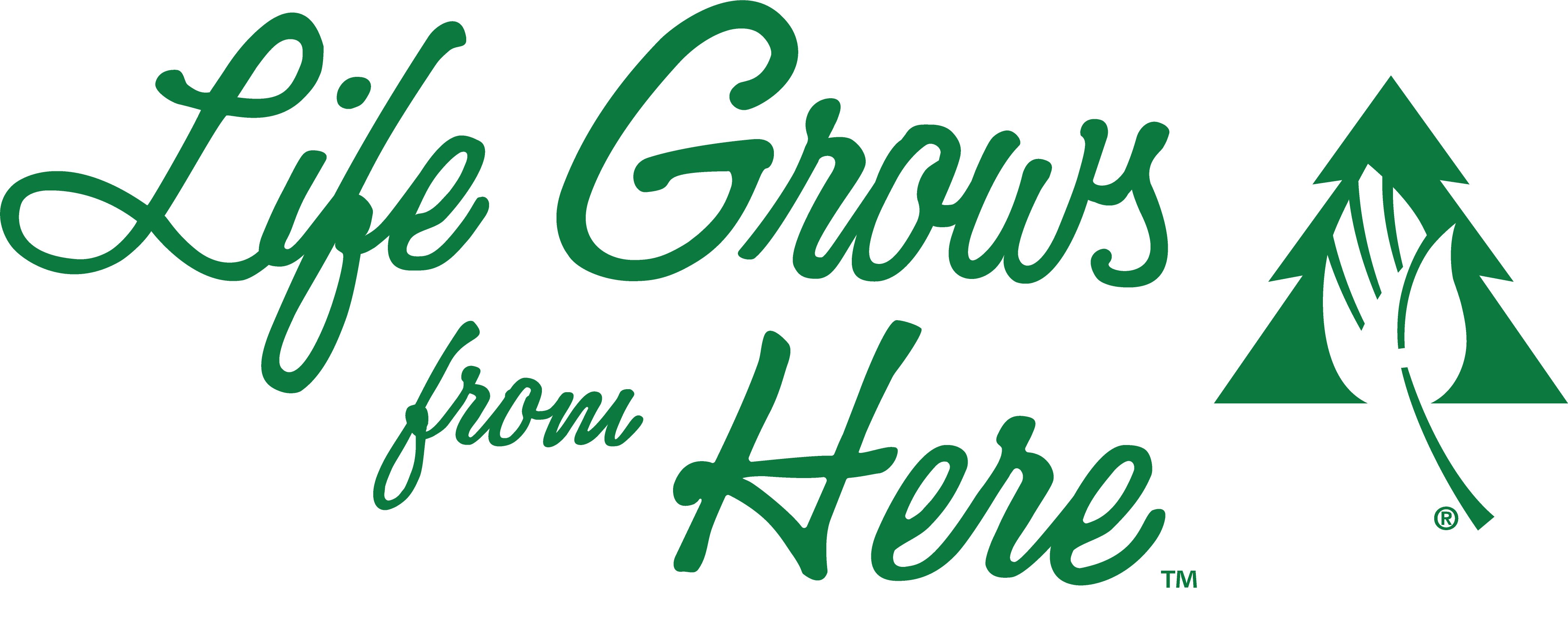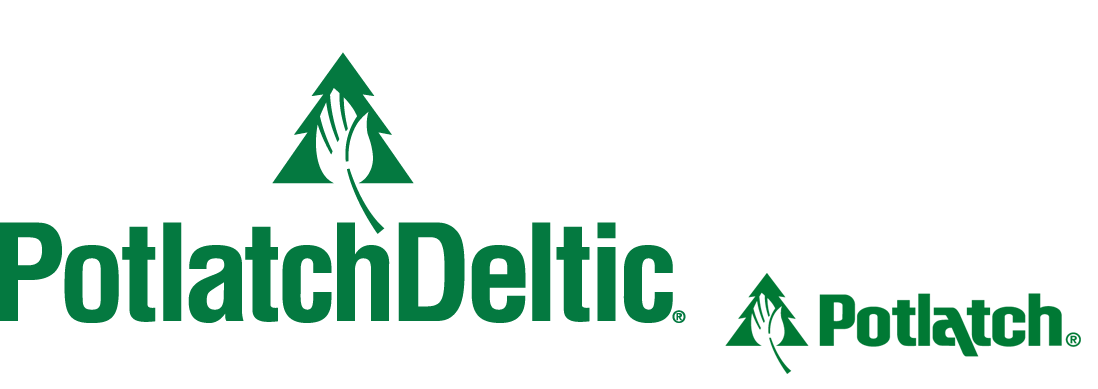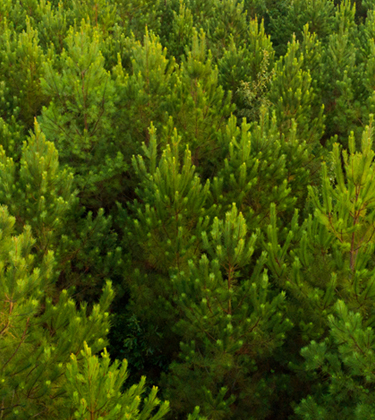
Sustainable Forest Planning
Committed to Sustainability
The forest management cycle combines decades of biological knowledge with technical advances in forest management. Our Forest Stewardship Policy reflects our commitment to sustainable forest management.
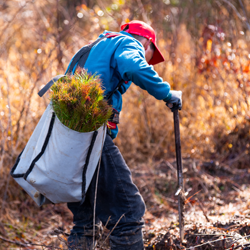
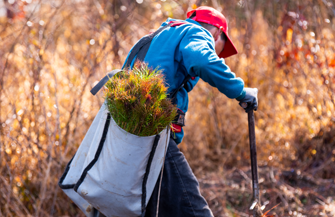
STRATEGIC MANAGEMENT PLANS
Long-term strategic harvest scheduling starts with the detailed inventory of our timberlands. The forest planning and inventory team oversees independent and audited annual timber cruising of tracts to measure timber growth, which is used to update standing timber inventory volumes. Standing inventory measurements are completed over an approximately five-year cycle in the South and a ten-year cycle in Idaho.
The estimated total volume of standing merchantable timber inventory is updated annually. Standing merchantable inventory means that the tree being measured has met the size, quality, and other characteristics of the regional market. The annual update reflects additions of young timber that has met minimum diameter requirements, growth of existing merchantable timber inventory, decreases of timber due to harvests, wildfire, or insects and disease, and the impact of acquisitions and divestitures.
Timberlands are managed using 50-year strategic management plans based on harvest schedule models. Timber inventory data are utilized in growth-and-yield models, which optimize long-term harvesting and forest management operations and project sustainable harvest volumes over the 50-year time horizon. The harvest schedule is performed every two years, alternating between the southern region and Idaho each year. Within the strategic harvest schedule model, timberlands are organized into stands by common characteristics such as age and forest management prescriptions. Each stand carries a specific soil productivity designation called site index, which is based on the height of the dominant trees at a specific age. The higher the height of the dominant tree, the higher the site index on that stand. Site index also enables the inventory model to capture the expected impact of silvicultural improvements such as advanced genetics or fertilization.
The long-term strategic harvest schedule uses the starting forest inventory of each timber stand and then incorporates forest management activities such as site preparation, planting, thinning, fertilization, and harvest. Areas that have harvest restrictions are identified, such as streamside management zones, so that the model does not include them for harvest actions. Using all this information and a yield table – a table of tree heights, diameters, and volumes for each stand over the next 50 years – the model creates an optimization matrix that “grows” and “harvests” each stand of timber over time.
The strategic harvest schedule model builds an optimization matrix that contains all the possible choices for each stand over 50 years according to defined management constraints, including not harvesting restricted areas and replanting or regenerating every acre harvested. The harvest model checks every possible stand activity and combination over the planning horizon and produces a detailed stand-by-stand harvest schedule that maximizes Net Present Value (NPV) based on starting stand structure, yields, product prices, management choices, and harvest constraints.
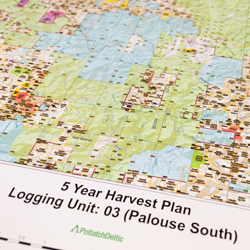
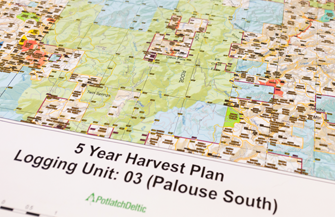
FIVE - YEAR AND ANNUAL MANAGEMENT PLANS
Foresters prepare five-year tactical plans of tracts for silviculture work and harvest based on the results of the harvest schedule. Foresters select the timing of treatments and harvest based on timber type, growth stage, markets, road access, weather conditions, and operability of the site. Tracts are then moved into annual operating plans and site-specific prescriptions are developed for each forest management operation.
Harvest operations are conducted in accordance with Company best practices, regulatory, and certification requirements that protect water quality, wildlife habitat, and worker safety. Logging contractors must be on an approved contractor list and receive annual training. Foresters monitor logging activity to ensure environmental protections are implemented and specific prescriptions for the tract being harvested are followed.
Following harvest, the remaining residuals, or slash, are treated as appropriate for the geographic region. In Idaho, slash is managed to minimize fire risk through installation of fire breaks, mechanical piling, and pile burning. Southern harvesting operations result in less slash at final harvest due to stand thinning techniques to promote timber yield, allowing slash to be mechanically spread back into the tract and returning nutrients to the soil. Following slash management, sites are often treated with herbicides to control competing vegetation in order to promote growth of seedlings.
During planting season in late fall or spring, contractors plant seedlings on tracts that were harvested 12-18 months earlier. A release herbicide treatment is typically applied to enable seedlings to grow above competing vegetation. Third-party nurseries grow Idaho seedlings with 70% of the seeds being sourced from our Cherrylane Seed Orchard. The species that is best suited to the site-specific location and elevation is selected for replanting. In the U.S. South, seedlings are purchased from third-party nurseries and benefit from generations of selective breeding to promote favorable growth and yield characteristics as well as resistance to disease and insects.
Foresters monitor the growth of the timber stands by conducting physical stand exams, as well as by using modern tools such as drones, satellite imagery and GIS technology. New inventory data is synthesized along with information about operational activities into the long-term harvest scheduling model.
Commercial thinning is typically required on stands in the South and on occasion in Idaho to reduce stocking density to improve stand growth and development. Pre-commercial thinning is utilized when the number of stems is high enough that diameter growth will be reduced to a level where it is financially advantageous to bear the cost to reduce the density of trees, increase diameter growth and reduce the risk of insect or disease entering an over-stocked stand.
After harvest, the forest management growth cycle begins anew. Our foresters pride themselves on the tracts they grow over their careers.
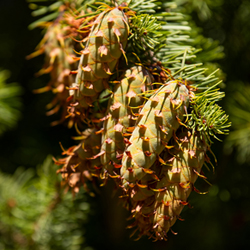
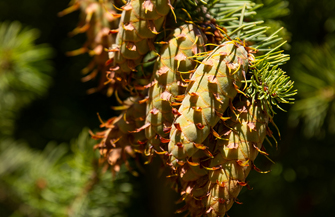
In 1968, a diverse group of 19 organizations from Eastern Washington, Northern Idaho, and Western Montana, including PotlatchDeltic, formed the Inland Empire Tree Improvement Cooperative (the IETIC). This group joined together to apply classical plant breeding techniques to native conifer species, which are important for commercial reforestation and ecosystem restoration.
LEARN MORE ABOUT SELECTING THE BEST TREES
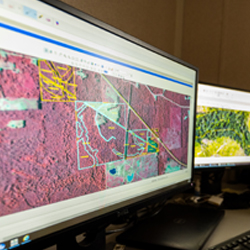
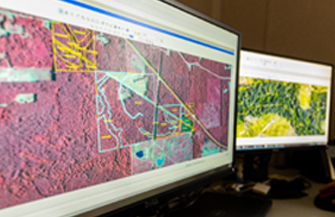
Forest inventory data serves as the foundation for decision-making. It influences everything from optimizing harvest schedules, deploying cost-effective silvicultural treatments, planning capital investments, modeling the sequestration of carbon, and adapting climate resilience strategies.
LEARN MORE ABOUT UPDATING OUR FOREST INVENTORY


On our Idaho timberlands, nothing beckons the awakening of the forest to spring like the sudden bustle of tree planting season. In six to eight weeks, roughly 6 million seedlings are planted across 15,000 acres of forestland. Planting is the culmination of an 18-month process that involves planning, preparation, and the growing of seedlings in the nursery. The climate and steep terrain in Idaho force this uniquely compressed tree planting window.
LEARN MORE ABOUT IDAHO TREE PLANTING
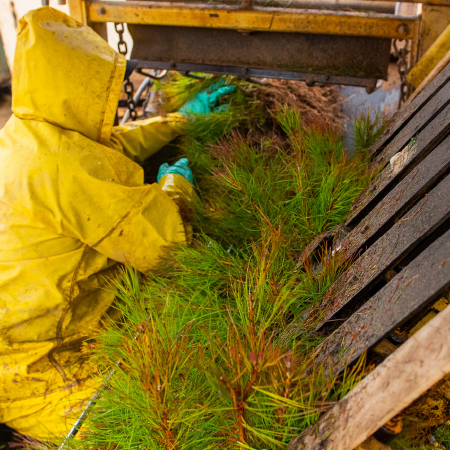

Every year in the U.S. South, we replant seedlings across areas harvested the previous 12-18 months. The primary goal of our reforestation program is to utilize the best planting stock possible. Our planting stock is selectively bred to achieve superior disease resistance, produce excellent form, exhibit high growth rates and be well-adapted to the local climate and growing conditions.
LEARN MORE ABOUT ARKANSAS TREE PLANTING


